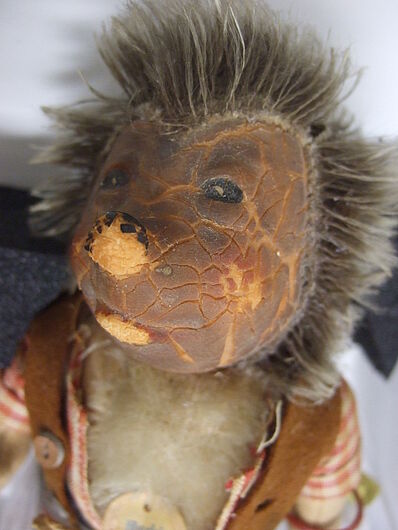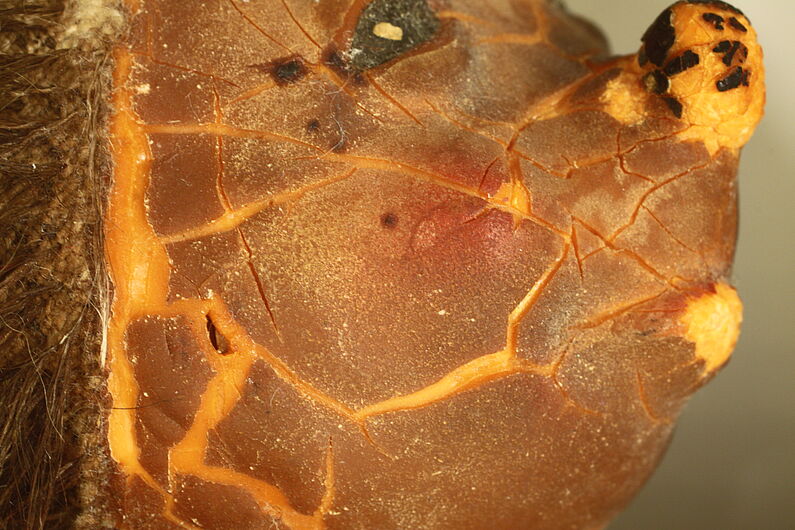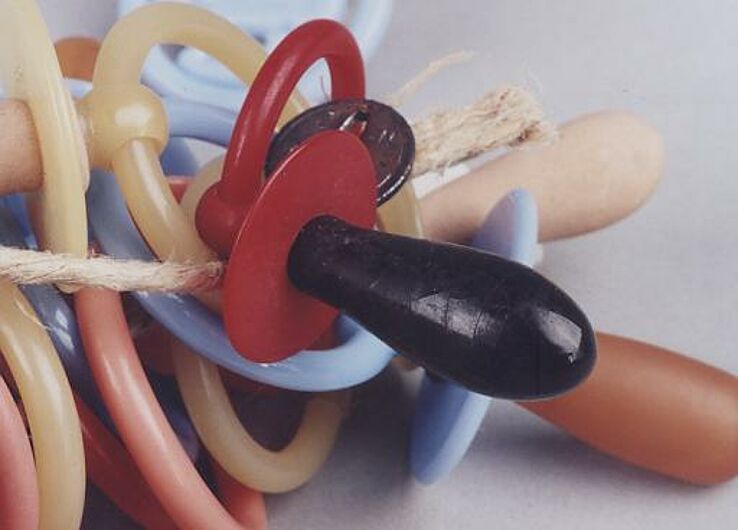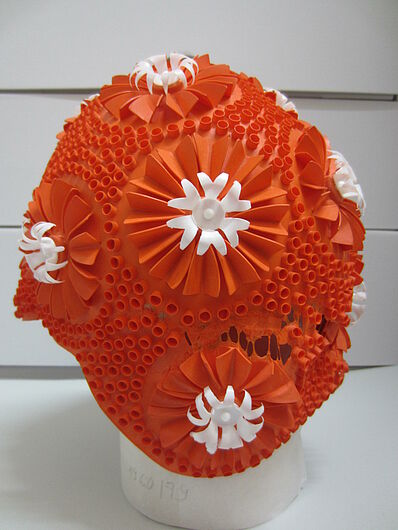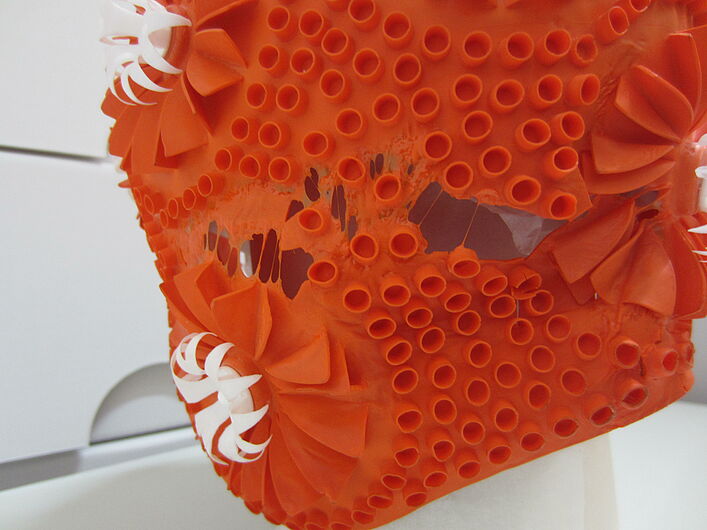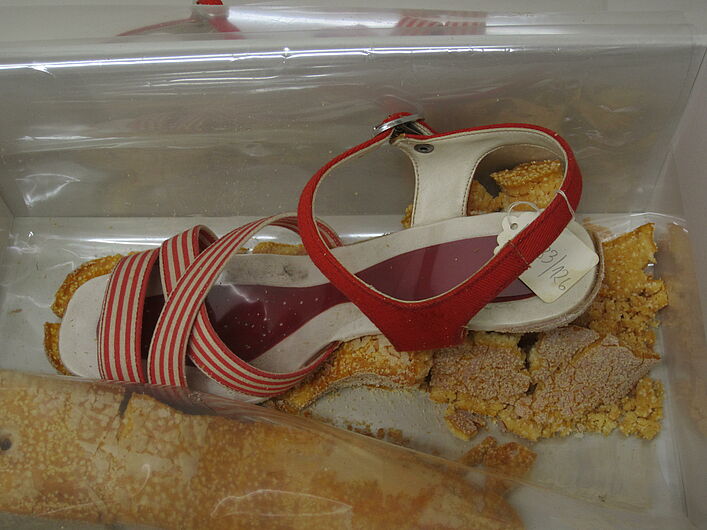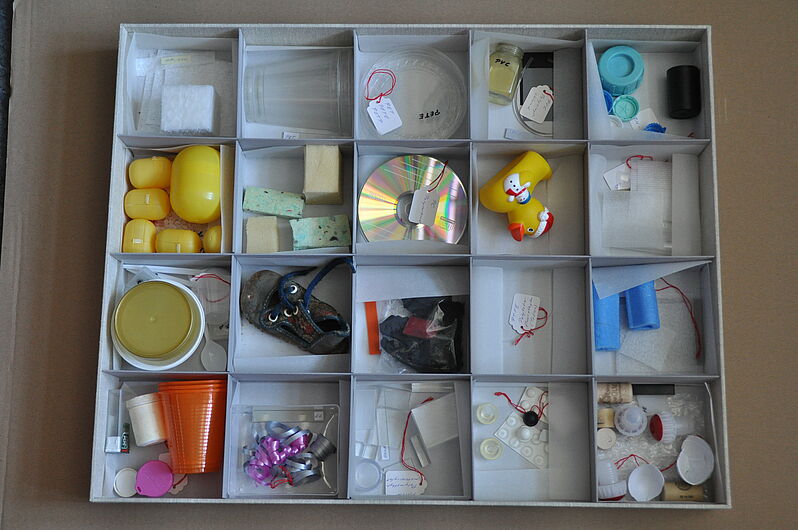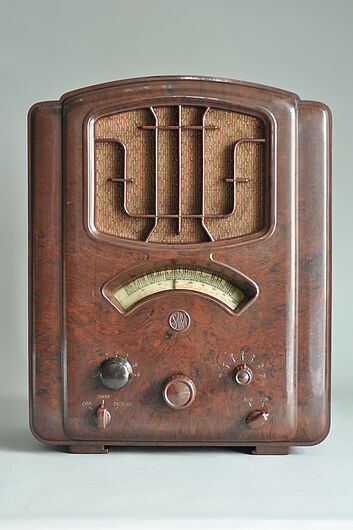Plastics Conservation
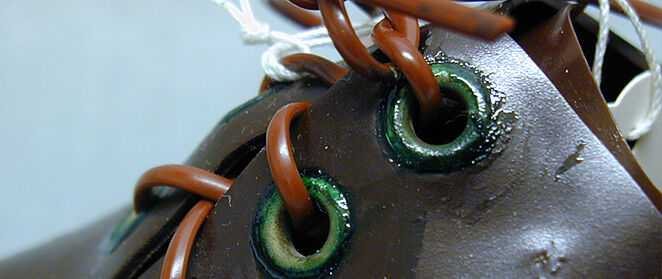
Man-made materials are to be identified as products of synthetic production. The first successful production of rubber was at the beginning of the 19th century through the technique of vulcanisation. With the beginning of the 20th century, there was rapid development within the field of polymer chemistry. The first polyethylene was created in 1933. In the following years, other versatile materials were produced. Synthetics became predominant in various areas of industrial production – from cosmetics, textiles, and everyday objects to packaging materials and much more. Synthetic materials were mechanically stabile at the time and had shown high chemical resistance, were easily shaped, cost-effective, and versatile.
In the collection of the DHM, one is confronted today with the ageing processes of many objects that are made wholly or partially from synthetic materials. When the plasticisers deteriorate, they can leave the material brittle and crumbly. This leads to irreversible partial changes in the dimension stability of an object. The correct storage of an object, most of the time under cooled conditions, plays an important role in the deceleration of the deterioration process. The high demands for care, conservation, and restoration which evolve from this group of materials are carried out by a dedicated specialist conservator for plastics in the DHM.
